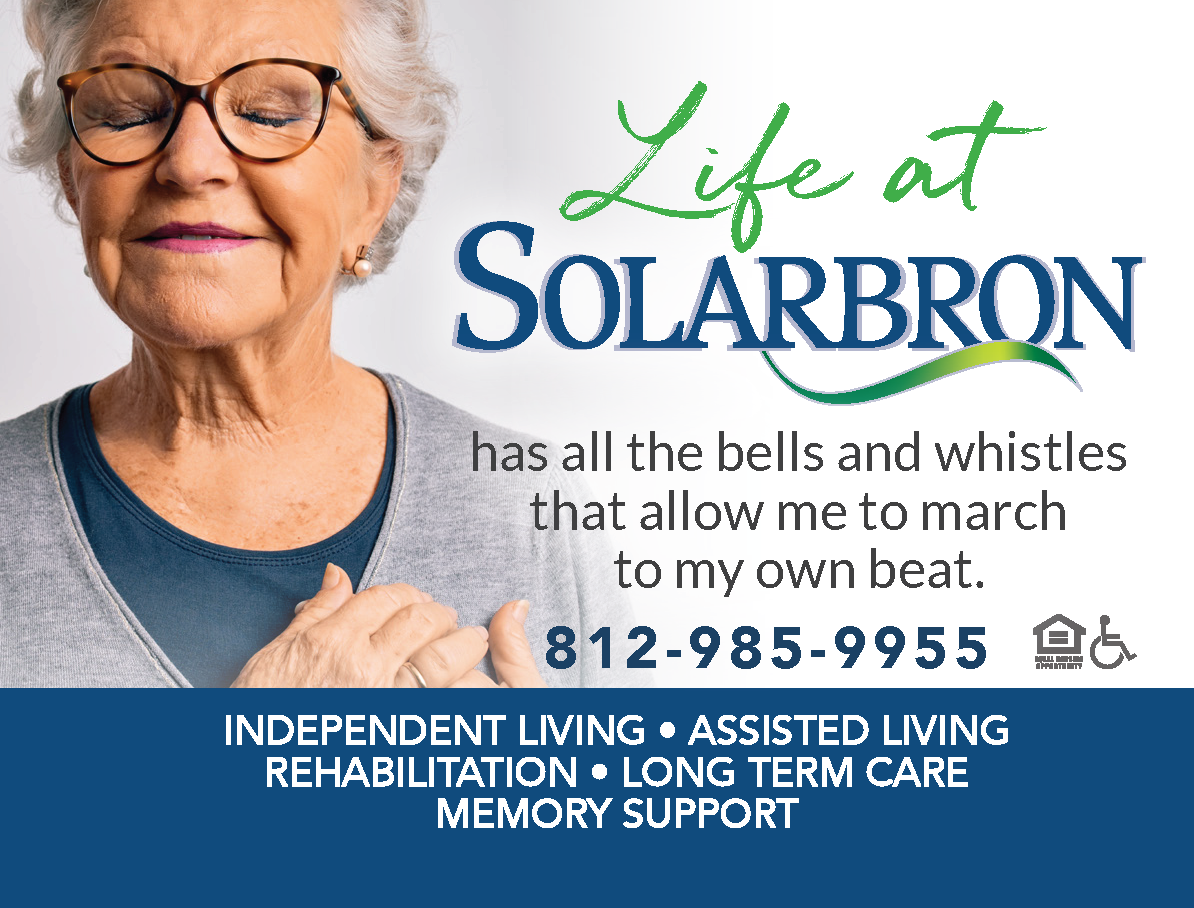By Katie Ehlman, PhD
Assistant Professor and Director, Center for Healthy Aging and Wellness
College of Nursing and Health Professions
University of Southern Indiana
Approximately 80 percent of individuals age 65 and older live independently in their own homes, in their communities (2010 Census). Nine out of every ten individuals over the age of 65 report they intend to remain in their own homes as they age, a concept known as “aging in place” (AARP, 2010).
Most older adults live independently in their own homes without difficulty. Some elders find support by outsourcing some chores, such as lawn mowing, heavy house cleaning, or snow shoveling. Others might need a bit more help and hire a homemaker service or home health agency. Finally, home modifications and the growth in technology, known as “stay at home” technology, will allow many individuals to age in place successfully. For most elders, this assistance allows them to have productive, healthy lives in their own homes.
However, some elders find that moving to care settings designed for an aging population improves quality of life. Loneliness, illness, death of a spouse, home maintenance responsibilities, and lack of finances are among a few of the reasons elders may look at housing options beyond a single family home. Some elders may consider downsizing and transition to a smaller single-family home. The benefits of downsizing include less home maintenance and, often, less expense.
Age-restricted apartments, affordable senior housing, or condos, additional options for seniors, offer the benefits of downsizing while being relieved of much of the maintenance involved in owning your own home. In a similar fashion, some Tri-State retirement communities have “cottages” for elders who want to live independently in their own home, free of maintenance responsibilities.
Many independent living apartments offer services including one meal a day, weekly housekeeping, life enrichment programming, and transportation. These apartments are often located on a continuing care retirement campus which offers residents multiple levels of care in one setting.
Assisted living apartments are an option for those who require more assistance. Assisted living offers privacy, while varying levels of assistance for individual care and typically offer three meals a day. Finally, for those who need more personal care, either while recovering from surgery or because of needing help with activities of daily living, a skilled nursing facility may be the best option.
In addition to the assistance offered in some of the housing options listed above, senior apartments, assisted living, and skilled care can offer opportunities for socialization often not afforded in a single family home. Some elders may find that the engagement with peers in senior housing reduces loneliness, improves nutrition because of the socialization at meal time, and ultimately improves quality of life.
Living in senior housing may also offer new opportunities for volunteering and community involvement, which can increase feelings of “generativity,” a term used in the psychology of Erik Erikson which can be defined as “concern for the next generation.”
Decisions to move are not easy at any age. Knowing about housing options and having a plan in case you or a loved one need extra support or care is always a good idea. Thinking through these options are more easily done in a non-crisis time. Two examples of organizations that provide support specific to downsizing, moving, and evaluating care setting options are the National Association of Senior Move Managers at http://www.nasmm.org/, or the AARP at http://www.aarp.org/.
Katie Ehlman, PhD is director of the Center for Healthy Aging and Wellness and assistant professor of gerontology at the University of Southern Indiana. For more information about the gerontology programs offered through USI, visit http://health.usi.edu/chaw/default.asp










